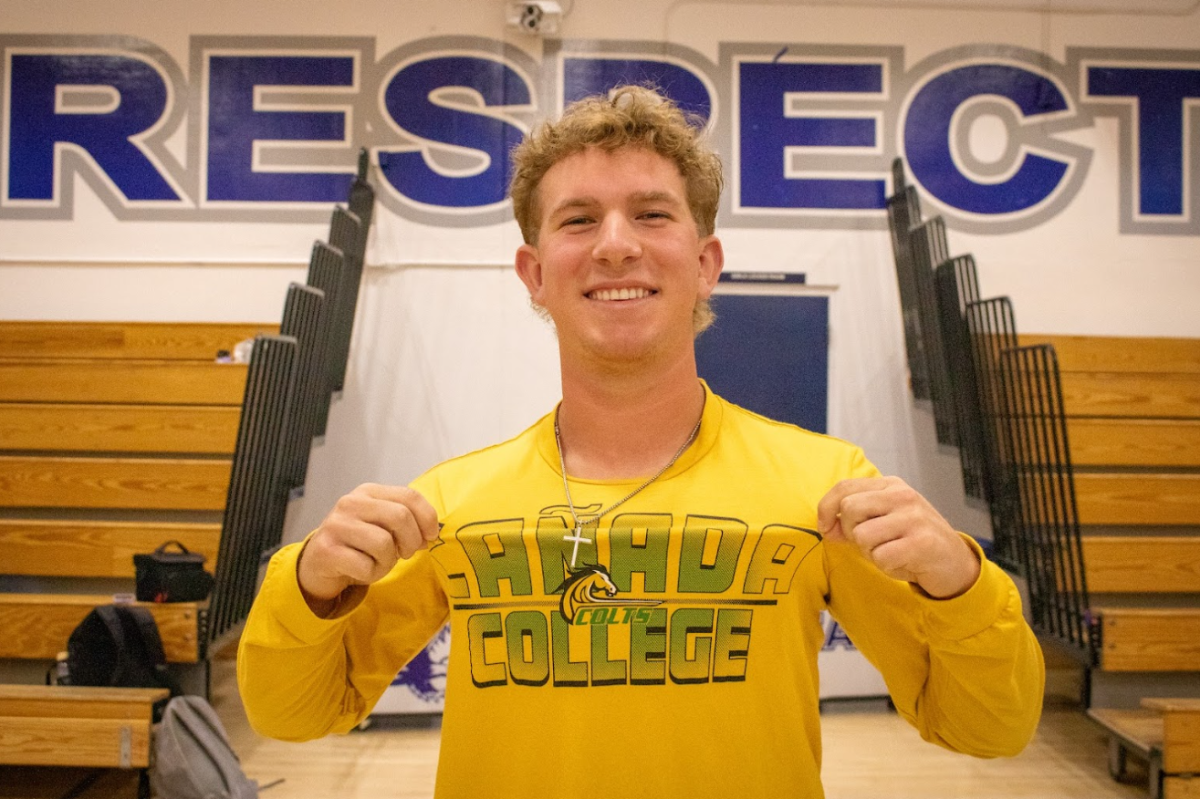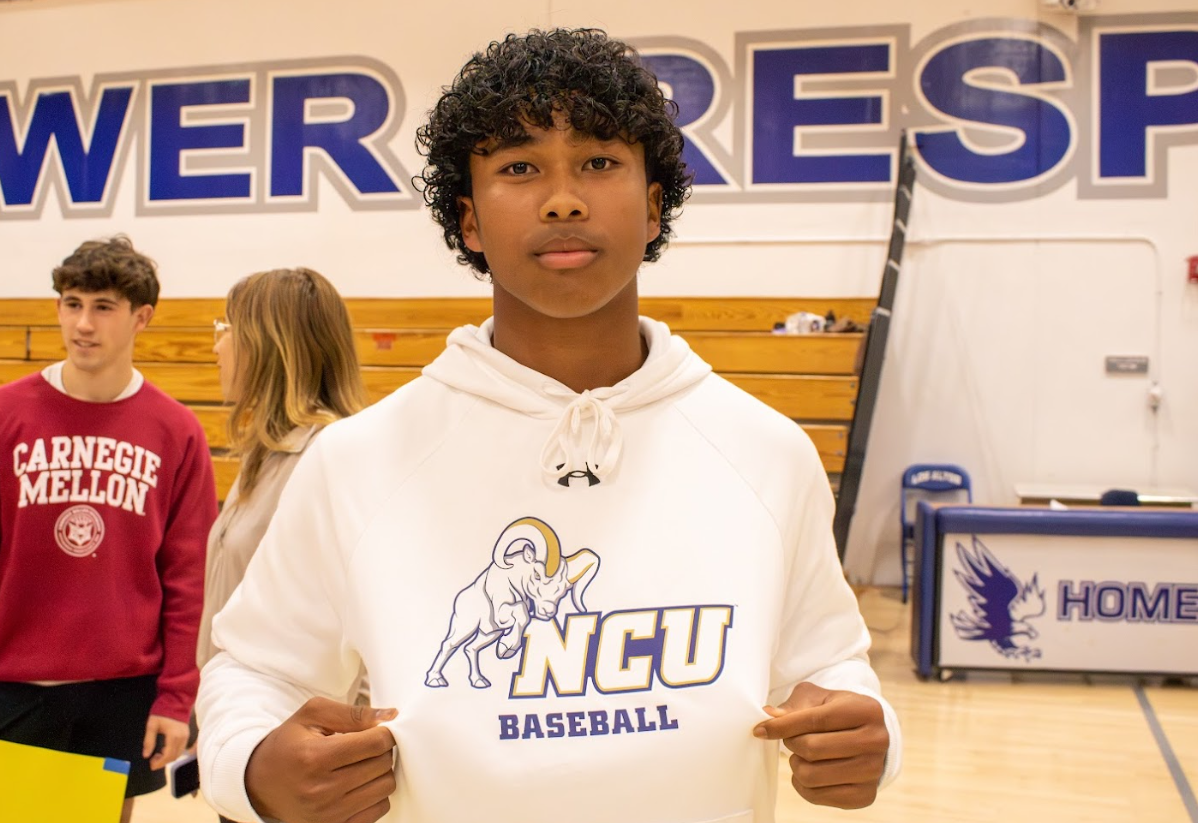As evidence of the damage that repetitive hits to the head has on the brain piles high in football, many questions are arising about where the NFL will have to go to create a safer game. President Barack Obama recently said he’s a football fan, but that if he had a son, he would think long and hard before allowing his son to play. High school parents should now consider the dangers of football before they allow their kids to play.
Football players have often been compared to modern-day gladiators, for good reason—USC’s stadium is called the Coliseum, after all. What fans love about the NFL is the incredibly violent nature of the game. Many fans remember the segment “Jacked Up,” on ESPN’s Monday Night Countdown, which glorified the biggest and most gruesome hits from the previous day on the gridiron.
Even video games such as Madden got caught up in this violent culture with the invention of the “hit stick,” where the defender would launch up high for a huge tackle. Today, all of these hits in the game would result in 15 yard penalties and fines from the league.
But in 2013, with over 4,000 former players suing the NFL in the federal court and alleging that the league ignored and denied the link between football and brain damage, the league has been forced to take a stronger stance on head trauma in the NFL. Commissioner Roger Goodell has taken on the role of being the “sheriff” of the NFL, policing helmet-to-helmet hits and implementing new rules about hitting defenseless receivers or even touching the quarterback. He moved the kickoff line from the 30 yard line to the 35 to prevent more kickoff returns, the most dangerous and exciting play in football.
Goodell has also implemented a new system on concussions to protect athletes from themselves. The first step to test a concussion is to have the athlete evaluated by a team medical staff. Then the team medical staff has to decide if the player is able to return in the current game, and if he cannot return, a team medical staff and independent consultant must both sign off. Goodell has stressed “player safety,” as the reason for all of these rule changes, but they were essentially made to protect himself against the lawsuits piling up against the NFL.
While the rule changes are a step in the right direction for the NFL, and the number of concussions has been reduced by 12.5 percent since implementing the system in 2009, heads do collide on every single play in football. Junior Seau committed suicide last year, but he shot himself in the chest to allow his brain to be examined. It was revealed about a month ago that Seau suffered from CTE (chronic traumatic encephalopathy), a neurodegenerative disease linked to dementia, memory loss and depression. What makes this even scarier for parents and football players is that Seau was never diagnosed with a concussion in his entire football career, yet he developed severe CTE.
More and more news has been coming out about CTE, a disease which 34 former NFL players have been diagnosed with. A recent study at UCLA was able to diagnose CTE in five former NFL players, a huge breakthrough because CTE was once thought to only be seen in an autopsy. While this was just an experiment and not totally a proven practice, it is a step that could lead to creating a safer game.
But being able to see CTE in current NFL players will also create some hairy situations if players are forced to test themselves to see if they will get a disease that could cause them to kill themselves.
“I feel effects from it … Some days, I wake up and I’m like, ‘Where did my memory go?’ But I signed up for it,” Baltimore Ravens safety Ed Reed said.
The problem that could arise with mandatory testing is that some athletes would not want to know if they are developing a disease from the sport they love, and they would not want to be forced to retire from a sport they love without leaving on their own terms.
Safety Bernard Pollard of the Baltimore Ravens recently stated that he didn’t think football would be around anymore in 30 years due to the rule changes and safety problems surrounding the league. Pollard also said that he would not want his son to play football even though it has been so good to him. It is ironic that one of the hardest hitters in the league, a player nicknamed “The Patriot Killer” for his notoriously violent hits on New England Patriots stars over the years, would take this stance on concussions.
If Pollard has this stance as a parent, what stances will parents take when their kid wants to play football their freshman year? Which leads to another one of Pollard’s questions: will football be around in the next 30 years?
When parents allow their kids to play football, they have to understand that their son breaking a bone is not the only thing they should be afraid of; they should also consider the possible long-term effects of concussions.








